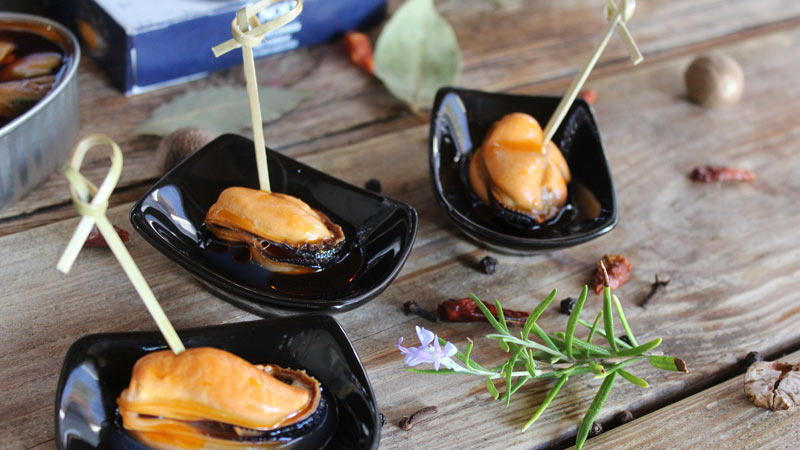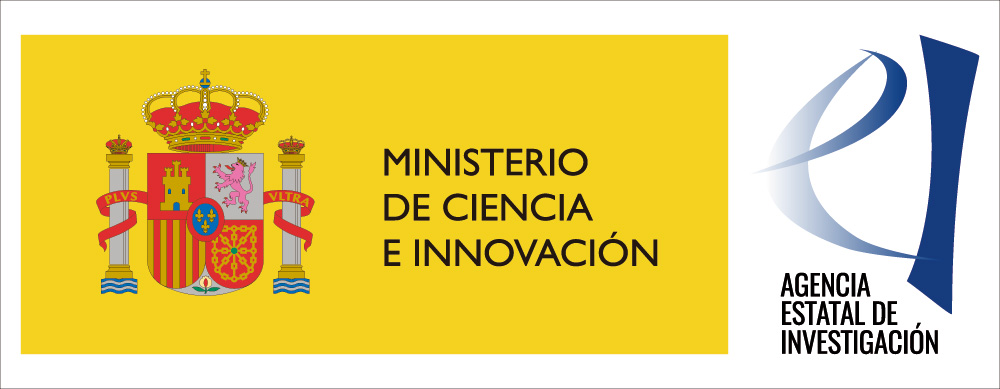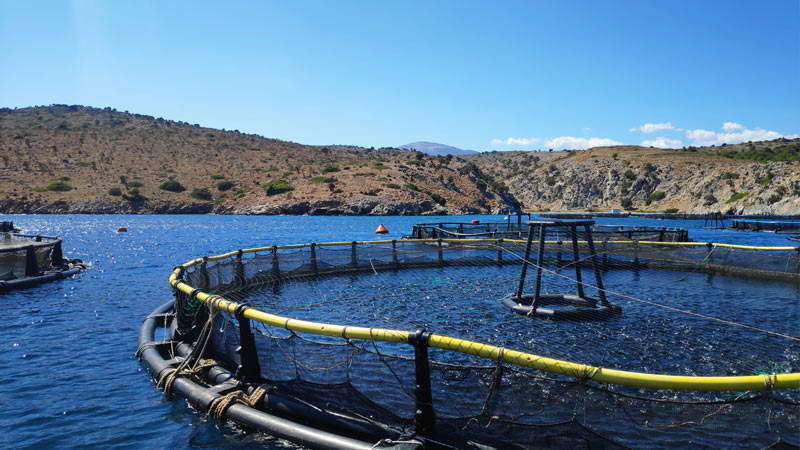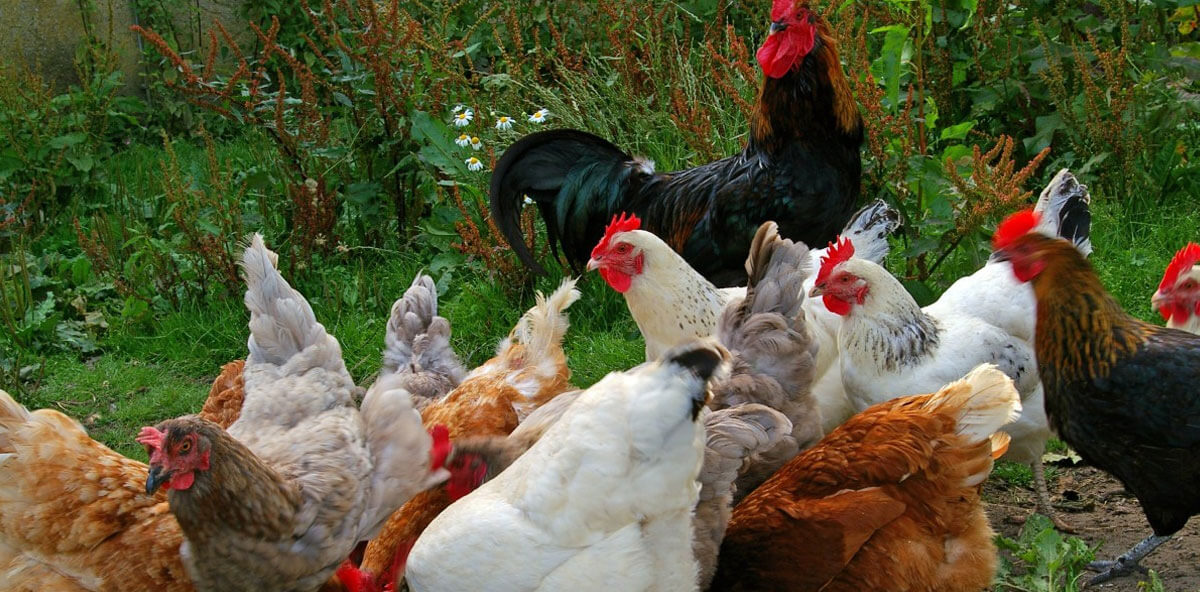SEAFOOD-ID
Analytical Strategies based on Rad-Seq and Metagenomics for the control of production method and geographic origin

Context
Over the last decades food trade has grown exponentially and in fact fishery products are among the most globalised and traded foods worldwide. One of the consequences of this is that fishery products are one of the foods with the highest percentage of incidents related to mislabelling through substitution and/or adulteration. This mislabelling is not only due to inaccurate species identification but also to incorrect catch area allocation and contributes to inadequate management of fishery resources.
This is exacerbated by illegal (unreported and unregulated) fishing which can lead to overexploitation of marine resources, hindering their recovery and becoming a major threat by increasing cases of mislabelling. EU regulations on traceability and labelling help to address this problem, however, control tools are needed, as well as analytical methods that allow a correct identification of the provenance of fishery products and ultimately help to make these regulations more functional.
Objectives and benefits of the project
This research project aims to develop new methods based on markers (associated microbiota and/or genetic polymorphisms) that allow control of the geographical origin and production method.
To this end, the project will develop methods to identify the geographical origin of Mediterranean mussels (Mytilus galloprovincialis), common octopus (Octopus vulgaris) and turbot (Scophthalmus maximus) as well as methods to control the production method in order to differentiate wild turbot from farmed turbot.
In addition, one of the most important objectives of this project is the evaluation of the portability of mass sequencing methodologies in real environments that will benefit the fishing industry and consumers by incorporating them into routine authenticity controls along the food chain.
The project will also develop portable and rapid methods based on third generation sequencers (MinION from Oxford Nanopore Technologies) that will allow control laboratories and the industry to identify the geographical origin and production method of fish products.
| Partners |
AZTI |
| Lenght |
2021-2024 |









